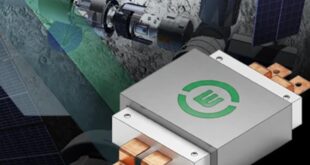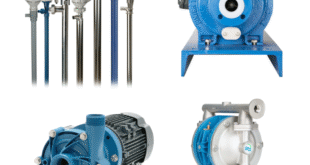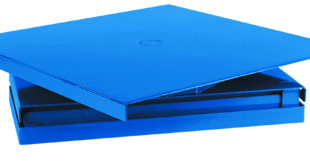2018 has been the year of major new announcements at Stratasys, reports IDTechEx Research.
Not only have they announced that they are developing two new technologies, but they are doing so through the launch of two start-ups and are venturing into the lucrative metal 3D printing ecosystem in the process.
The first of these new companies is Evolve Additive, which started as a research focus area in the R&D labs of Stratasys.
The decision to spin out two new companies from internal Stratasys research was based on the need for Stratasys to focus on its core business, and the need to obtain greater funding from external financing programs more freely, as explained by Evolve Additive CEO Steve Chillscyzn.
Nonetheless, Evolve Additive’s decade in development was time well spent, as the technology differs significantly from any other currently on the market. STEP, or Selective Toner Electrophotographic Process, utilises an electrostatically charged roller which selectively collects polymeric particles in the position appropriate for the individual build layer.
The roller then deposits particles onto a conveyor belt and are then carried to the build platform.
The roller and platform continually move back and forth until the build is complete.
Evolve Additive claim that this process is at least an order of magnitude faster than binder jetting processes such as HP’s Multi Jet Fusion or Xaar’s High Speed Sintering. Although the process won’t be commercialized for another two years,IDTechEx Research expects to see more announcements as this company increases the capability of their printers.
The second company to emerge from Stratasys’ research and development is Vulcan Labs, whose team comprises some of the industry experts brought into the Stratasys fold following their acquisition of Harvest Technologies.
Although as yet the technology remains a closely guarded secret, it is based on the established metal printing process, Powder Bed Fusion, and is reliant on a multi-laser sintering process.
It remains to be seen how significantly this will differ from multi-laser DMLS printers already commercialised by EOS and Concept Laser.
With Stratasys entering 2018 following three consecutive years of negative sales growth, their investment in these two spin outs is a long-term method to securing future revenues by benefitting from exposure to the high growth markets of metal printing and production scale polymer printing.
However, with established market leaders in both of these segments already facing competition from newer technologies, it remains to be seen whether this is a strategy that will pay off for Stratasys.
 Engineer News Network The ultimate online news and information resource for today’s engineer
Engineer News Network The ultimate online news and information resource for today’s engineer



